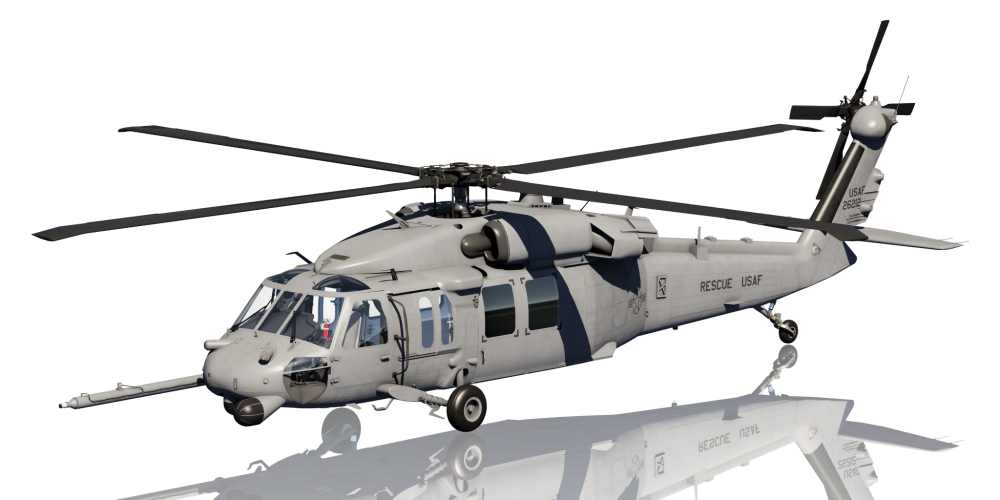Diving Into the Intricacies of the UH60: From Important Parts to Practical Makes Use Of
The UH60, a stalwart in the world of rotary-wing airplane, holds a complex tapestry of parts and capabilities that expand far beyond its smooth outside. From the internal operations of its engine and rotor systems to the intricacies of its avionics and navigating functions, every component plays a critical function in its seamless operation. Nevertheless, what genuinely establishes the UH60 apart is not simply its mechanical expertise however its diverse array of practical applications, varying from critical roles in military operations to ingenious uses in private setups. As we peel back the layers of this versatile aircraft, a much deeper understanding of its significance in both army and private spheres arises, dropping light on the multifaceted nature of the UH60.
Key Components of the UH60
At the heart of the UH60 lies its major rotor system, an essential component that offers lift and security throughout flight. Comprising a main blades head, blades, and a swashplate device, this system permits the UH60 to steer promptly and efficiently in various conditions. The UH60's transmission system plays an essential duty in transferring power from the engines to the blades, enabling controlled motion and elevation modifications.
Engine and Blades Equipments
The assimilation of sophisticated engine and rotor systems is crucial in improving the operational efficiency and performance of the UH60 airplane. The UH60 helicopter is powered by two General Electric T700-GE-701D engines, supplying the necessary drive for its objectives. These engines provide an equilibrium in between power and weight, essential for the UH60's capabilities in various conditions. The advanced rotor system of the UH60 consists of a four-bladed major rotor and a four-bladed tail blades, operating in tandem to supply control, stability, and lift. The primary rotor blades are developed with innovative aerodynamics to make the most of performance and lower sound degrees. The tail blades makes sure anti-torque capabilities, making it possible for specific maneuvering throughout trip. The assimilation of these engine and rotor systems enables the UH60 to stand out in a large variety of objectives, consisting of troop transport, medical emptying, and search and rescue operations. Overall, the UH60's engine and blades systems play an essential duty in its performance and convenience as a multi-mission helicopter.
Avionics and Navigating Functions

With the integration of innovative engine and blades systems boosting the UH60's operational effectiveness and performance, the avionics and navigation attributes additional add to its capacities in varied mission situations. The UH60 is furnished with an advanced avionics suite that includes electronic screens, interaction systems, navigating aids, and mission-specific tools. These avionics systems supply the crew with real-time data on the aircraft's performance, location, and goal criteria, permitting exact control and situational awareness.
Additionally, the UH60's avionics and navigating functions are created to flawlessly incorporate with other goal systems, such as tools targeting systems, sensors, and communication networks, improving the airplane's general objective effectiveness. In conclusion, the UH60's sophisticated avionics and navigation features play an important role in guaranteeing objective success and staff safety and security.
Energy in Military Operations
In armed forces operations, the UH60 showcases exceptional versatility and tactical value. As a complex energy helicopter, the UH60 plays an important function in numerous armed forces objectives. Its ability to move troops, devices, and supplies quickly and effectively to diverse locations boosts operational preparedness. about his The UH60's convenience reaches clinical discharge objectives, where its large cabin accommodates clinical employees and equipment, making it possible for prompt and life-saving discharge of damaged employees from the battlefield.

Private Citizen Applications and Advantages

Additionally, the UH60 functions as a flexible tool for firefighting operations, geared up to carry large volumes of water for aerial firefighting efforts. This ability significantly boosts the effectiveness and effectiveness of firefighting groups in combating wildfires and other emergency situations. Furthermore, in the world of facilities maintenance and building and construction, the UH60's heavy-lift abilities are critical in carrying products to remote or unattainable locations.

Verdict
In conclusion, the UH60 helicopter is a versatile and vital airplane with crucial components such as engine and blades systems, avionics, and navigation functions. a fantastic read Its utility in armed forces operations and private applications make it a valuable asset for different tasks. Comprehending the details of the UH60 is critical for optimizing its capabilities and guaranteeing its reliable use in different situations.
The sophisticated rotor system of the UH60 consists of a four-bladed primary blades and a four-bladed tail rotor, working in tandem to provide security, control, and lift. The assimilation of these engine and blades systems permits the UH60 to succeed in a broad range of objectives, consisting of army transport, clinical emptying, and search and rescue operations.With the assimilation of innovative engine and blades systems boosting the UH60's operational performance and efficiency, the avionics and navigating features additional add to its capabilities in diverse objective Website circumstances. In addition, the UH60's avionics and navigating attributes are made to effortlessly integrate with various other goal systems, such as weapons targeting systems, sensors, and interaction networks, boosting the airplane's overall objective efficiency.In conclusion, the UH60 helicopter is a crucial and flexible aircraft with essential components such as engine and rotor systems, avionics, and navigation functions.
Comments on “UH 60 Black Hawk vs. Various Other Military Helicopters: A Relative Analysis”